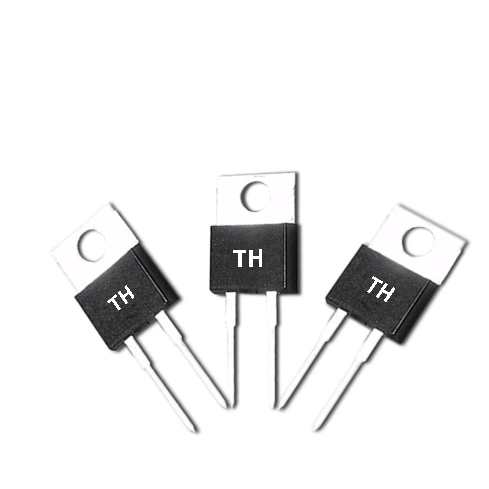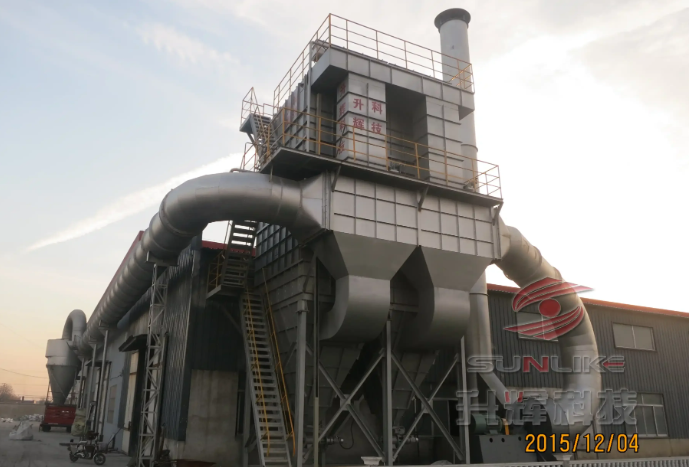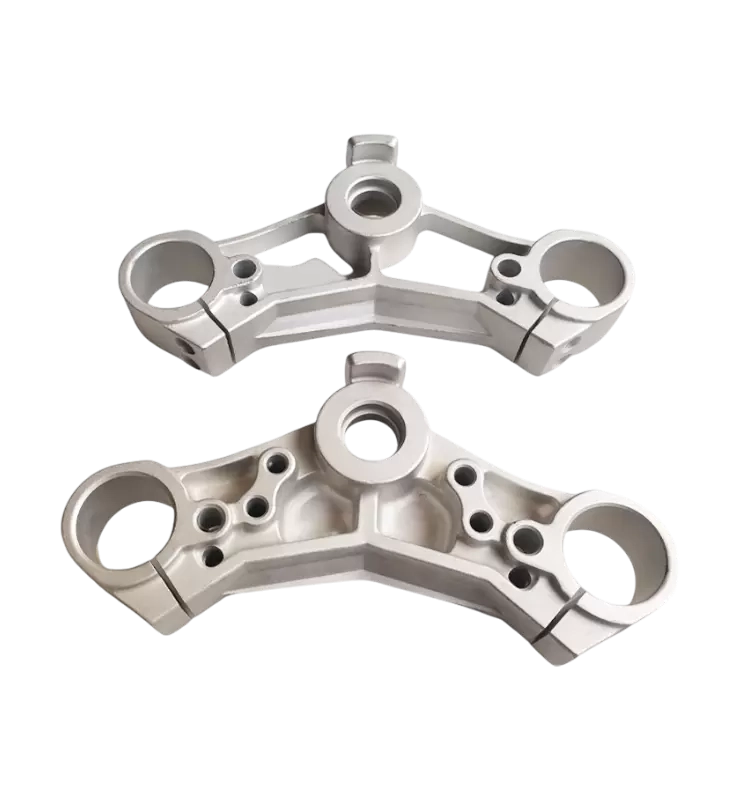In modern electrified and hybrid vehicles, control is everything. Whether it’s torque distribution, regenerative braking, or energy management, there’s one system at the heart of decision-making and coordination: the Vehicle Control Unit (VCU). Think of it as the brain that governs vehicle dynamics, harmonizes subsystems, and ensures the car reacts to driver input wisely and safely.
In this article, we’ll explore what a VCU does, how it operates internally, real-world requirements and challenges, and why your vehicle architecture depends critically on selecting the right VCU. We’ll also refer to your product’s capabilities in context: see your VCU product page here → VCU: Vehicle Control Unit.
What Is a VCU?
A Vehicle Control Unit is a high-level electronic control module that orchestrates multiple subsystems in a vehicle. It reads inputs (such as pedal position, speed sensors, battery state), executes control logic, and dispatches commands to subsystems (e.g. motor controllers, braking modules, power electronics). In effect, it integrates what would traditionally be separate ECUs into a central “brain.”
In electric vehicles and hybrid platforms, the VCU is often described as the "central coordinator," responsible for everything from torque allocation to energy management. exro.com+2SpringerLink+2
Unlike simple ECUs with narrow domains (engine, transmission, brake), the VCU must handle many interacting domains under real-time constraints.
Key Functional Responsibilities
Here are the core functional domains of a modern VCU:
-
Powertrain Control & Torque Distribution
The VCU commands how much torque each motor (or internal combustion + electric hybrid) should output, balancing power demands against battery constraints, thermal limits, and vehicle stability. -
Energy Management & Regeneration
It decides when to recover energy (regen braking), how much, and whether to shift energy flow between battery, motor, and loads. It also manages battery usage across cells. SpringerLink+1 -
Vehicle Dynamics & Stability Control
VCU often coordinates with ESC (electronic stability control), traction control, ABS, or torque vectoring systems to adjust vehicle behavior under yaw, slip, or during maneuvers. It ensures safe handling and stability. -
Diagnostic, Fault Management & Safety
It monitors sensors and subsystems for anomalies. When a fault arises, VCU may degrade performance, shut off subsystems, or trigger safe modes. Because it supports UDS (Unified Diagnostic Services) and bootloader for firmware updates, it plays a crucial role in long-term maintainability. -
Communication & Integration
It connects via CAN (Controller Area Network) or other buses to lower-level modules, sensors, and to diagnostic/test benches. Modern VCUs must also support wake-up functions, message routing, and sometimes external connectivity. -
Mode Management & State Transitions
The VCU transitions between operational modes: Startup, Idle, Driving, Charging, Fault, etc. It enforces logical conditions to switch modes without instability.
Technical Requirements & Design Constraints
Building a VCU for high reliability and performance is nontrivial. Below are some of the key technical constraints and design challenges.
A. Real-Time Performance & Computational Power
All data must be processed in real-time. In your spec, you mention a maximum MCU dominant frequency of 200 MHz, which must support sensor fusion, control loops, diagnostics, etc. This is feasible but means code and architecture must be lean and optimized.
B. Deterministic Timing & Latency
Control loops require predictable, bounded latency. A missed deadline in torque command or stability correction can degrade safety.
C. Redundancy & Fault Tolerance
Critical systems require fallback strategies. VCU architecture may need dual-core or redundant paths to handle failures gracefully.
D. Thermal & Power Constraints
Because VCUs may reside near high-temperature zones (power electronics, battery packs), the thermal resilience and design of the ECU (cooling, heat sinks, board layout) matters greatly.
E. EMI / Noise Immunity
As a hub of many signals and high-power paths, VCUs must be impervious to electromagnetic interference (EMI). Proper shielding, grounding, and filtering are essential.
F. Scalability & Flexibility
The VCU should support scaling — the same hardware ideally covers multiple variants or regions. Support for over-the-air updates, calibration, and code generation is valuable (and your spec suggests support for that).
Real-World Use & Proven Performance
A VCU isn’t useful unless proven in real-world deployment. Here are key performance metrics and validation paths:
-
Mass production reliability: Your spec states >0.5 million units delivered with no critical issues. That level of field data supports confidence.
-
Hardware-in-the-loop (HIL) testing: HIL allows validating control logic before deployment—ensuring the VCU responds correctly in simulated real-world scenarios.
-
Calibration & Verification: On-vehicle calibration and verification loops help adjust control gains and validate across all vehicle conditions.
-
Edge cases & fault injection: VCU must be tested against partial sensor failures, unrealistic inputs, power step changes, and other abnormalities.
Because your VCU supports auto code generation, rapid prototyping, and bootloader-based updates, it fits nicely into modern development pipelines for fast iteration.
Architecture & Software Layering
A well-designed VCU architecture typically uses a layered approach:
-
Hardware Abstraction & Drivers
Low-level drivers interface with ADCs, timers, CAN controllers, power switches, etc. -
Core Control Services
Real-time kernels, scheduling, communication stacks, memory management. -
Functional Modules
Modules for torque control, energy management, diagnostics, mode management, etc. -
Calibration, Monitoring & Telemetry
Interfaces for live tuning, saving calibration parameters, and telemetry logging.
One advantage of proper architecture is that modules can be reused or adjusted depending on vehicle variant.
Example Scenario: Acceleration + Regen Coordination
Consider a driver pressing the accelerator while also entering slight uphill terrain. The VCU must:
-
Read pedal input, vehicle speed, battery state.
-
Compute torque demand.
-
Evaluate battery limits (voltage drop, thermal).
-
Decide how much torque comes from motor, how much regen to apply.
-
Dispatch commands to motor controller and braking systems simultaneously.
-
Monitor feedback and adjust within the control loop.
All this must occur within tens of milliseconds to deliver smooth response.
Challenges & Best Practices
-
Balancing optimization vs. safety: Aggressive energy strategies must not jeopardize safety or comfort.
-
Managing complexity: Too many features lead to coupling and difficulty in maintenance.
-
Testing coverage: Edge conditions like supply voltage dips, sensor faults, or communication dropouts must be considered.
-
Lifecycle & Upgradability: Firmware updates, calibration changes, and feature additions should be supported, hence UDS and bootloader support are essential.
Why Choosing the Right VCU Matters
Your choice of VCU drastically affects vehicle architecture, development complexity, and long-term maintainability. A well-engineered VCU capable of handling dynamics, diagnostics, communication, and calibration positions a vehicle for success in deployment, support, and scalability.
Your own product’s strengths (mass production track record, support for rapid prototyping, dual CAN channels with wake-up, UDS / bootloader, 200 MHz MCU) uniquely position it to serve as a robust foundation in this domain.
www.jiyudrivebywire.com
Shanghai Jiyu Technology Co., Ltd.




+ There are no comments
Add yours